
It starts with the Copyright Page.
The first area that jumps out is the copyright page should be different. In fact, the copyright page should be different between the various ebook versions, i.e. Amazon vs. Barnes and Noble vs. Smashwords, etc.
After reviewing a couple dozen recent ebooks from indie authors, the first item that should be added to the copyright page is the paper source of the ebook. Not having that information now doesn’t seem to be a major problem. But ask me that question in three years when I still have that same ebook on my e-reader and the hardcover book has a new edition. This could be a major problem with non-fiction ebooks. Not so much with fiction.
Amazon has seen the need to add the source information in their on-line product description to help. They have added a line: Page Number Source ISBN. But the ebooks that I reviewed didn’t have a clue to the original source document.
Here is where the train leaves the tracks. With the missing source information, there was no indication where the book’s content originated from or how we got to the digital format.
Certain information is required.
Somebody must have missed the memo about what information is required and what format the information should be presented in because we had a wide variety of formats and information, to say the least. Almost none of them matched.
The copyright page should have the basics. They should have the copyright notice, the Publisher and publishing information, a disclaimer, the edition data, the Library of Congress information and the ISBN.
Although it is not required, some gave credit to the basic book formatting and design people. Things like cover photograph, cover image/art, interior design and edited by information.
The ebooks did have some direct information about the ebook. One had ‘First Kindle Edition’. Another said ‘Epub edition © with a date and eISBN 978- number’. I don’t know if ‘eISBN’ is official but its meaning is obvious. One ebook even had ‘Mobipocket reader format’ mentioned.
Only one of the ebooks had any information at all about the source. (“Simon & Schuster hardcover edition June 2010”) Maybe it should have included the ISBN of the paper version.
Adding more information to the ebook copyright page goes along with the same concept we use for an accurate bibliography, footnotes and appendix.
Here is My Wish List.
We are missing the boat with the copyright page. It’s like seeing Original Source: Undisclosed on the copyright page. That just doesn’t work. The ebook is a different product than the paper version. We need to provide more information.
1. We need the ISBN number and the hardcover edition on the copyright page like Amazon is providing on their ebook Product Production page. Of course, they are including this to help sync the page numbers with the hard copy but it should have been required in an ebook by publishers before Amazon added the feature.
2. We need different copyright pages for each version of an ebook. We need a unique copyright page for the Kindle, Nook and Kobo, etc. Smashwords has its own copyright page format which is the same with each version (epub, mobi, txt, etc.) they sell. I don’t know whether that is good enough in the long run.
3. I would like to see a reference on the copyright page about the ebook conversion process used. Is this an ebook only version? Is the source document from the original book’s source file or was it a scanned /OCR version to a digital file. This will give the reader some idea of the accuracy of the conversion.
4. If you have web addresses and contact information on this page, the links should be live links. Make it easy for readers to form a relationship with you by taking advantage of the opportunity to get the information to them. Never pass up a chance to keep in touch with your reader base. Remember unlike the traditional book that is cast in stone, the eBook can be edited easily and republished if the upfront information changes.
Here are two examples that I found.
Kindle Version
Original Source: How to Create Copyright Pages Right – by Jim Satire
Hardcover Edition March 2011 (ISBN: 978-9-9999-9999-8)
Kindle Edition – 1.5.1 – Build 11/7/2011
Original Process: Direct from Digital Source File
Created by: Amazon DTP
Conversion Services by: HBSystems Publications
Rendered by: James Moushon
Nook Version
Original Source: How to Create Copyright Pages Right – by Jim Satire
Hardcover Edition March 2011 (ISBN: 978-9-9999-9999-9)
Nook Edition – 1.6.1 – Build 11/23/2011
Original Process: Direct from Digital Source File
Created by: BN Pubit
Conversion Services by: HBSystems Publications
Rendered by: James Moushon
Traditional publishers and self-publishers are responsible for this additional information. Sometimes publishers get caught up in trying to get the ebook out the door at the lowest cost rather than doing their own due-diligence. The Indie author does not have that luxury. You must stay out in front of this information and marketing opportunity.
Your ebook can’t be just a copy of the hardcover. It all starts with the copyright page and the definition of the sources of the ebook. Right now it appears that this is missing information in most ebooks.
A Great Source of Information on this is from Joel Friedlander
Joel is an expert in this area. He blogged ‘Self-Publishing Basics: The Copyright Page’. Use it as a starting point.
Are you including this information in your ebook? Does the Indie publisher have the responsibility to provide this information to the reader?
Visit my blog: The eBook Author Corner
Check out my Jonathon Stone Mystery Novel: Call Off The Dogs
Get an Editorial Review | Get Amazon Sales & Reviews | Get Edited | Get Beta Readers | Enter the SPR Book Awards | Other Marketing Services








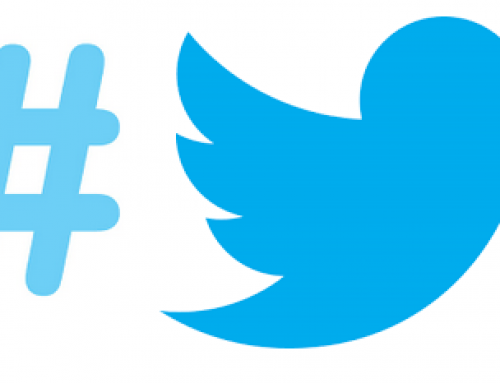







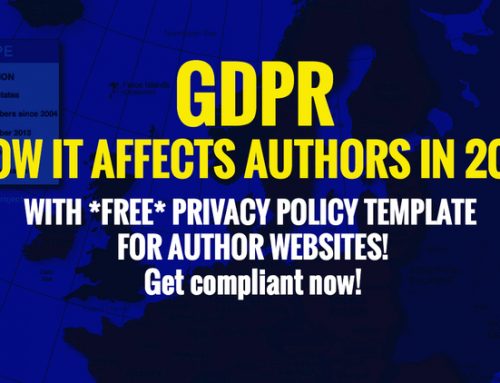
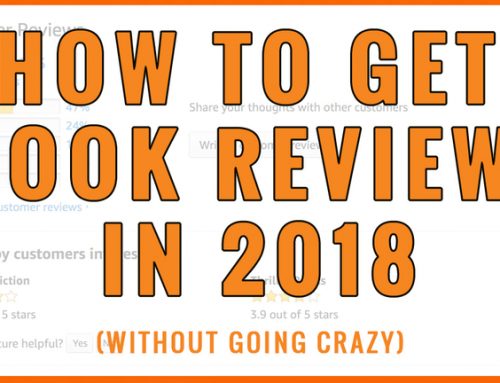
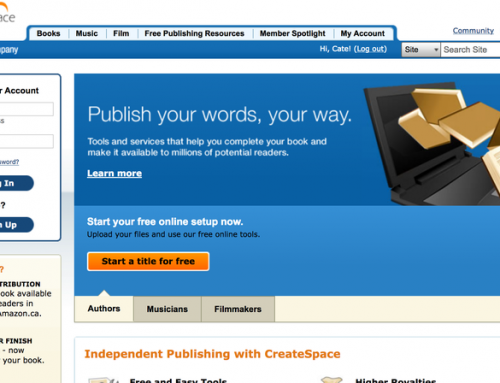

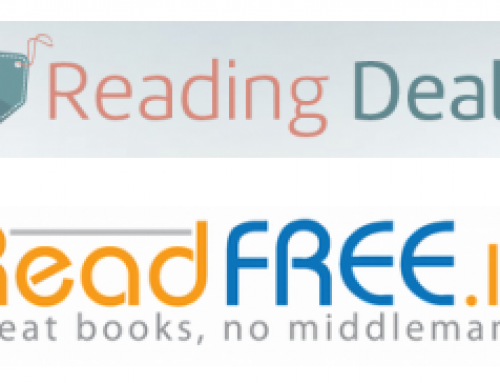
James, this post is filled with valuable information, as all your posts are. It raises an important question for me, though. I’m a former lawyer who never practiced in the intellectual property area. But I’ve attempted to keep up with IP law for my own purposes as a writer. Are you saying the copyright notices in your post are legally required? It’s been my understanding that authors automatically have a copyright in anything they write and publish, whether they include the copyright notice or not. Of course, they should include one. Otherwise, persons might assume the book is in the public domain and cause problems the author doesn’t need (including a visit to a lawyer and a lawsuit). Not even registration of the literary work with the copyright office, I believe, is legally required. It would be damned foolish, though, for authors to neglect this because it provides proof that their book, or whatever, came “first” and is therefore entitled to copyright protection. (Anybody who reads this comment should remember what I wrote at the beginning. This isn’t legal advice from a lawyer.) Whatever the answer to my question is, James, thanks for the post.
Ron it’s good to hear your comment. I agree with you on the point of not being required but should be included. I think common law comes in somewhere here.
Most publishers are including a copyright page. However, maybe an inexperienced indie author/publisher may miss it.
My point in the blog is that additional information should be added on this page to assist the reader and the public in the future to determine where the content originated.
One point I should have made in the post is the life of the ebook is many times longer than the life of the pbook. So if I start reading the ebook ten years from now, I might need to know the source of the content in the book. Something that is true today may not be true years from now and I may have to back track the information.
Great post, and lots of valuable insight.
If nothing else, doing the copyright page correctly makes the book look more professional, something a lot of us indie writers could stand to pay more attention to.
I see your well-taken point, James. I’m only two years into the self-publishing world and have only published two novels, both of which have remained the same insofar as the content is concerned, although I have changed their covers. I’ll pay more attention to their editions in the future. As well as the books I’ll subsequently publish. Thanks again for the post.
Theoretically I should include the additional info on the paperback page. I always start with the ebook version first of all and then the paperback.
When using an aggregator for e-books, such as Smashwords, the same vresion will go out to all distribution channels. My paperbacks have new ISBNs, which are different from the e-books. If I correct a typo, there is no need to call it another edition. Some of these concerns may be addressed by aggregators, but some service providers don’t even require an ISBN to sell exclusively with them. In the future things may change.
Louis, your understanding is the same as mine. For most indie authors now, I think the routes are through Amazon (KDP and CreateSpace) and Smashwords, and after that call it a day. And never worry about fixing a typo or two. That’s what the epublishing world is all about.
I personally get hung up with descriptive words as “edition” is used, that actually equates to the ISBN numbers that are assigned. As we know, to publish a story it can be read on hard cover, softcover, E-Book tablets etc. Those source reading methods are different “media” that need only one position in the ISBN number format to identify each type reader. If at first a story is published and read electronically only, and three-years later that same identical word-for-word story is available, its story “version” hasn’t changed. An additional method to read is now available, yet Bowker invents an entirely 13-position different ISBN number for the new medium reader. Doesn’t make sense to this guy who dealt with number identifier codes for 30-years. Google that “CCP” that follows my name.-
thanks for the comments: smashwords requires there own formatted copyright page which is different from the other retailers like amazon. they want their own disclaimer in the front matter.